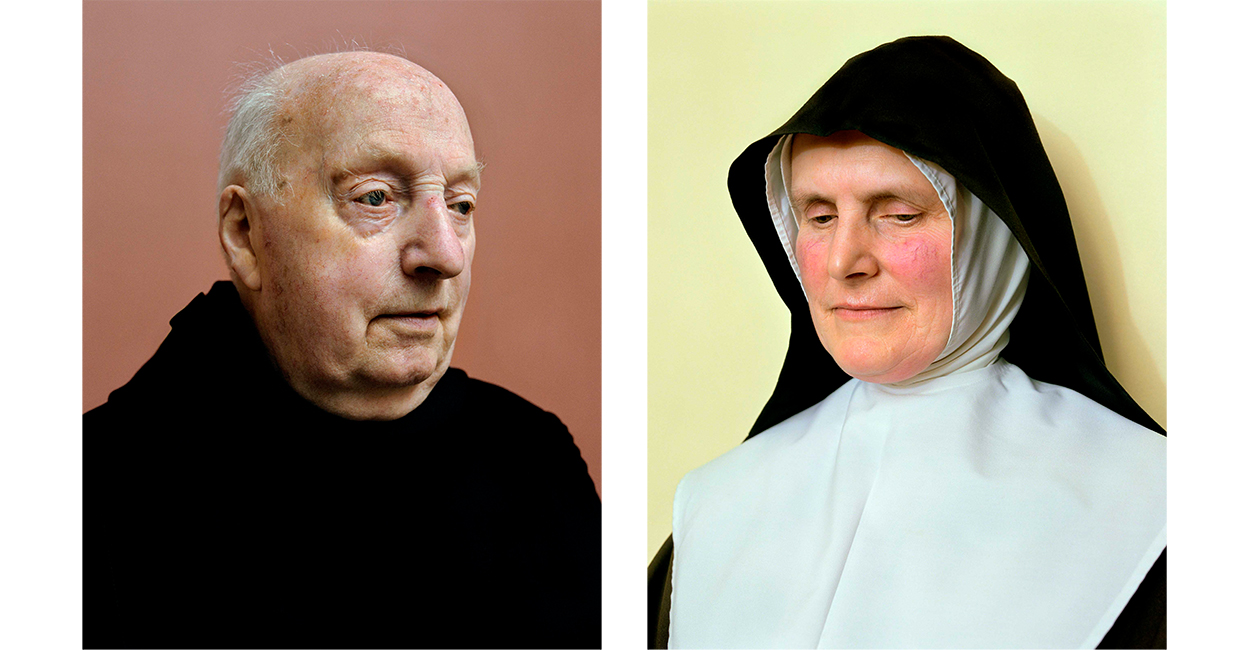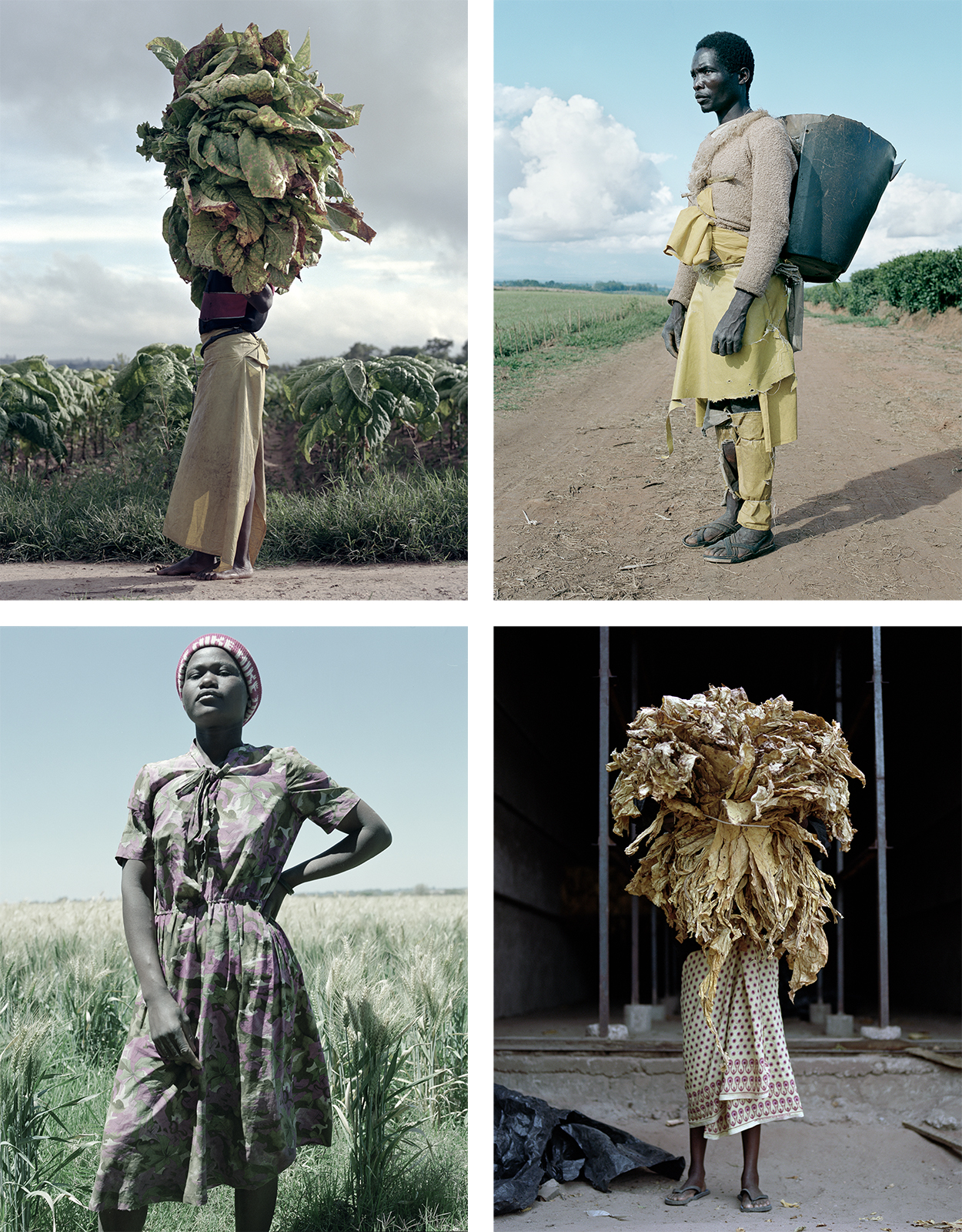Can a portrait provoke conversation about identity, politics, and the human condition?
That’s what photographer Jackie Nickerson achieves in her work, such as her acclaimed 2013 exhibition “Terrain,” which was a collection of understated yet searing images depicting workers on farms across eastern and southern Africa. There, laborers and their labor are inextricably intertwined, with faces concealed by plastic crates, figures swathed in tarp, and a man seemingly becoming one with the mound of tobacco leaves piled high atop his head. “I see this guy Oscar walking along the road in front of me,” Nickerson recalls. “He’s carrying a huge bunch of tobacco leaves. It obscures his head and shoulders, and he becomes a hybrid of himself and the work he does every day.” She’s trying to show that labor comes with a price, and that the price is human.
Nickerson’s eclectic body of work is a study in nuanced approaches. From her first foray into documentary-style photography, with a powerful book of photographs called Farm, taken over three years across southern Africa in the late ’90s, to her high-concept fashion spreads for Marni, Louis Vuitton, and Hermès, she brings a singular sensibility to her art. Magazine editors have taken note. In 2014, Nickerson became the first woman to shoot the cover of Time’s Person of the Year issue in its 87-year history, with her moving portraits of Ebola workers in Liberia.
“What initially struck me about Jackie’s work is her distinctive use of color and light; there’s something almost painterly about her photographs,” says New York City gallerist Jack Shainman, who represents her work worldwide. “The staying power is that the content is always socially invested, and the tremendous care and respect she shares with her subjects comes through in the images.”
That unmistakable visual voice is evident in Nickerson’s fashion photography, too, and makes her a sought-after talent with brands seeking a fine-arts aesthetic for their campaigns. “I think when people come to me, they’re not just interested in fashion,” she says. “I’ve done some really interesting collaborations with people because they get my work. I don’t look at fashion photography—I look at art. That’s where my inspiration lies.”
In terms of collaborations, none was more unexpected than the time Kanye West came knocking. While she’s reticent to speak much about the two zines that she shot for his Yeezy line with Adidas, she thinks highly of her fellow artist. “I love working with him,” she says. “He’s also asking so many questions, about all kinds of things in life and society and art and politics and what’s going on.” According to Nickerson, they’re asking the same questions.


